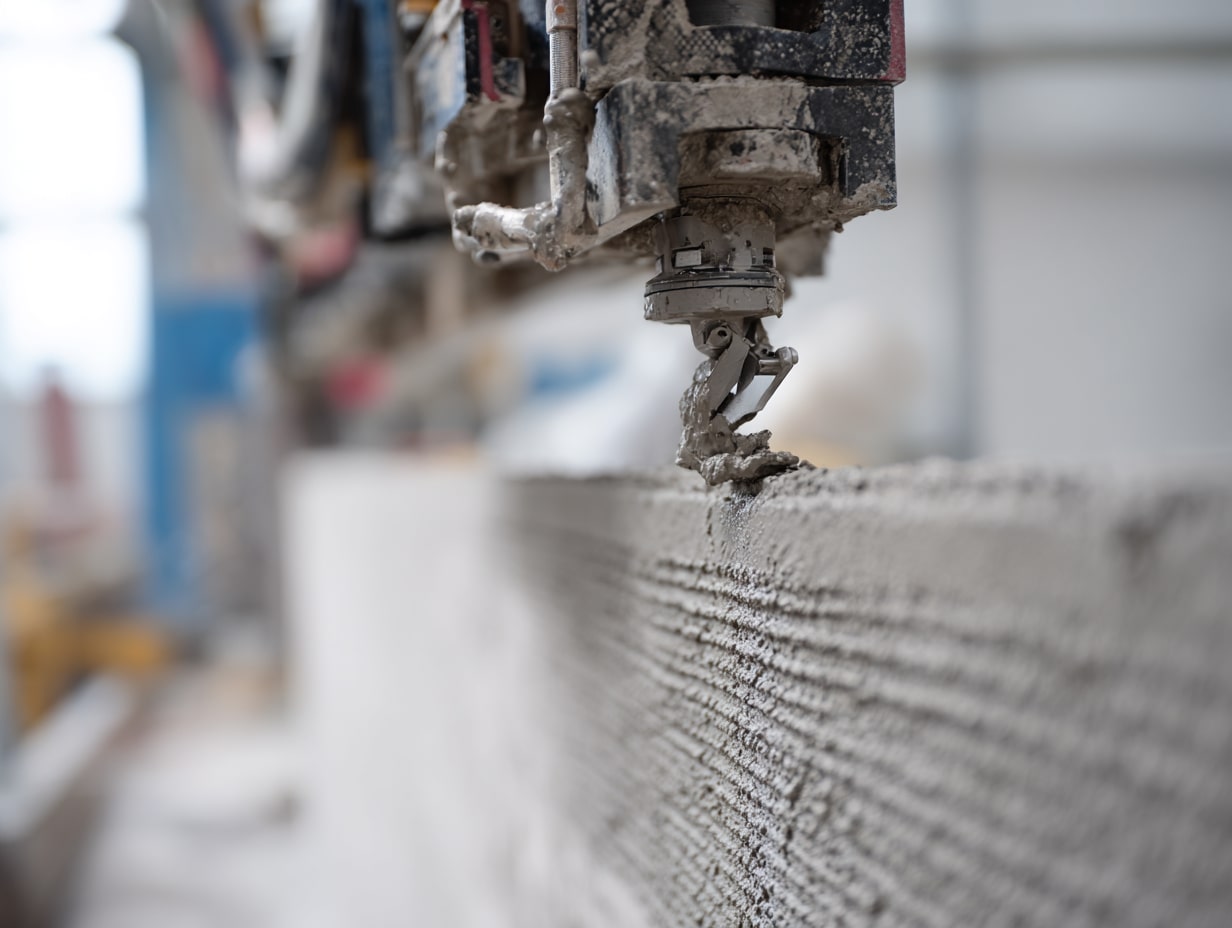- Home
- Articles
- Architectural Portfolio
- Architectral Presentation
- Inspirational Stories
- Architecture News
- Visualization
- BIM Industry
- Facade Design
- Parametric Design
- Career
- Landscape Architecture
- Construction
- Artificial Intelligence
- Sketching
- Design Softwares
- Diagrams
- Writing
- Architectural Tips
- Sustainability
- Courses
- Concept
- Technology
- History & Heritage
- Future of Architecture
- Guides & How-To
- Art & Culture
- Projects
- Interior Design
- Competitions
- Jobs
- Store
- Tools
- More
- Home
- Articles
- Architectural Portfolio
- Architectral Presentation
- Inspirational Stories
- Architecture News
- Visualization
- BIM Industry
- Facade Design
- Parametric Design
- Career
- Landscape Architecture
- Construction
- Artificial Intelligence
- Sketching
- Design Softwares
- Diagrams
- Writing
- Architectural Tips
- Sustainability
- Courses
- Concept
- Technology
- History & Heritage
- Future of Architecture
- Guides & How-To
- Art & Culture
- Projects
- Interior Design
- Competitions
- Jobs
- Store
- Tools
- More
Is Face Recognition Possible when Eyes are closed?

As face recognition technology continues to evolve, it is set to become a common part of our daily routines in the future. However, because it is still relatively new, there are many questions surrounding its capabilities and limitations. One frequently asked question is whether or not face recognition is possible when someone’s eyes are closed. In this article, we will delve deeper into the world of facial identification and provide an answer to this question.
How does Face Recognition work?
Explaining the intricacies of face recognition could take up an entire article. In summary, it uses biometric technology to analyze and compare facial features in order to identify or verify a person’s identity. This process involves locating a face, extracting its distinctive elements (such as the distance between eyes and shape of the nose) and then matching it with data from a database. But how does face ID work with eyes closed?
It focuses on Facial Structure
Even if a person has their eyes closed, their facial features remain the same. This is crucial for face recognition algorithms to effectively identify someone. These algorithms gather important data such as the structure of the face and the placement of facial features like the mouth, which allows them to accurately match faces in later stages.
The Systems are trained by learning on Diverse Data
As it is widely known, artificial intelligence is programmed to constantly learn and improve. In the case of advanced face recognition systems, they are trained on a wide range of facial features, including closed eyes and even glasses-wearing individuals. In some cases, these systems can even manage a face recognition with a face mask on. This training process ultimately results in a highly accurate recognition capability.

The Systems use Infrared and 3D Sensing Technologies
To increase the likelihood of accurately identifying individuals with their eyes closed, certain systems utilize infrared and 3D sensing technologies. Infrared is able to penetrate through closed eyelids, while 3D sensing helps to compensate for any lighting issues that may occur when capturing a person’s face on camera.
The main goal of face recognition technology is to accurately identify individuals in any given situation, so it’s no surprise that finding a way to recognize someone with their eyes closed has already been achieved. And with continued advancements in this field, we can anticipate even greater results in the coming years.
illustrarch is your daily dose of architecture. Leading community designed for all lovers of illustration and #drawing.
Submit your architectural projects
Follow these steps for submission your project. Submission FormLatest Posts
3D Printed Homes: Time, Cost, and What to Expect
3D printed homes explained: realistic timelines (24–72h walls, 8–16 weeks total), true...
How a Contact Centre Boosts Trust in Your Building Business
In construction, trust is the glue that holds projects together. Clients need...
How Real Time Parcel Geolocation Is Redefining Last Mile Efficiency for Modern Businesses
Last mile delivery has become the most critical point in the customer...
How Can Small Spaces Stay Stylish and Relaxing?
In today’s fast-paced urban lifestyle, small living spaces are becoming increasingly common....












Leave a comment